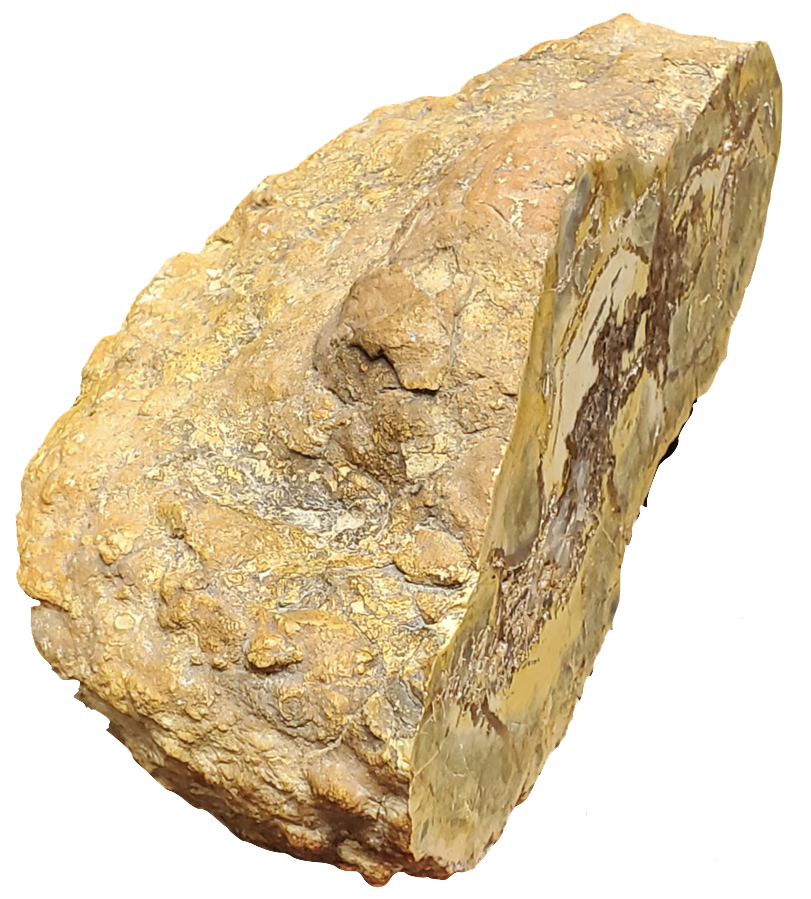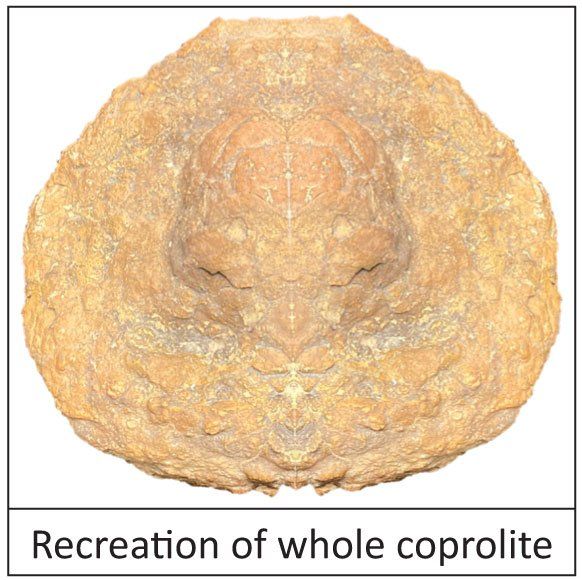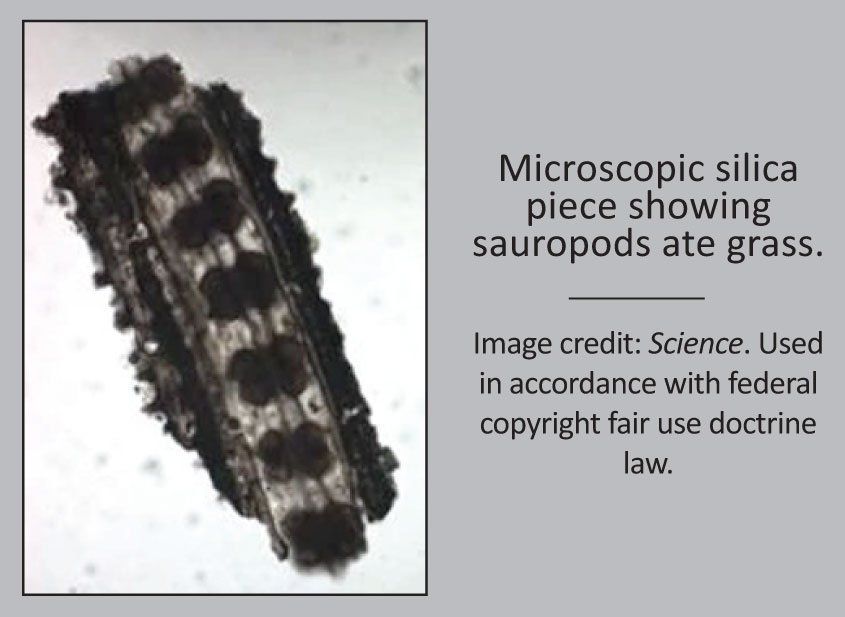By Matt Miles
•
December 18, 2025
Here we are again, just a few days before Christmas. It seems the old adage, “The older you get the faster time flies,” is so true. There is not a year that passes when we look back and think, “Wow, this year took forever!” History is passing by and we look forward to the new year as we continue to focus on our eternal destiny. Our theme this year has been, HISTORY & DESTINY. Christmas is a great time to reflect on these two realities. Everyone has “Christmas history”, as I term it - those moments from past Christmases that are remembered year after year. Maybe it’s a great family gathering or Christmas activity that has become a beloved tradition. All of those moments are formed by previous years’ experiences. Sometimes this season can be tough, as we may have that memory of a loved one that has passed or other difficulties that we may be facing. Christmas history is always impactful, be it good or bad. This makes me reflect on the first Christmas. For Mary and Joseph, there was no previous history like that moment, per se. Yet, the history of the prior four thousand years had been preparing for the manger, the moment in history that our Savior would be born and begin Christmas history for all of us. Whether it is acknowledged or not, without Jesus’ birth in history, none of this season happens. Each and every Christmas our desire is to make those “Christmas history” memories for our family. Our desire is to impact the future of our family, our destiny. Often our efforts fall short or are interrupted by things out of our control. In those moments, so much stress can come from our efforts not going as planned. Sometimes it ends up ruining the whole season, especially if our focus has not been on the simple fact that He was born to bring peace, not stress. Let us not forget that it didn’t start the way Mary and Joseph had planned, with no room in the inn. But the Lord provided a place for them to rest and deliver the baby. Immanuel, God with us, is the bell ringing for all eternity that started that first Christmas. Our eternal destiny hinges on whether we acknowledge who He is everyday, not just in this season. Yet, this season is most assuredly a great time to emphasize His gift of life for all eternity. Our Creator became as one of His image bearers in that stable under imperfect conditions. He joined HISTORY and DESTINY that moment in time. The years of history that prepared the world for the child born that first Christmas would give us hope for all eternity. Jesus is the marker for all history. Because of that moment in time, our life can have peace for eternity through Him. May we all focus on the culmination of HISTORY & DESTINY during our family Christmas celebrations this year. Our history is written but our destiny is hope in Jesus Christ, our Creator and Savior. Blessings this season to you and your family from all of us here at Creation Truth Foundation!





